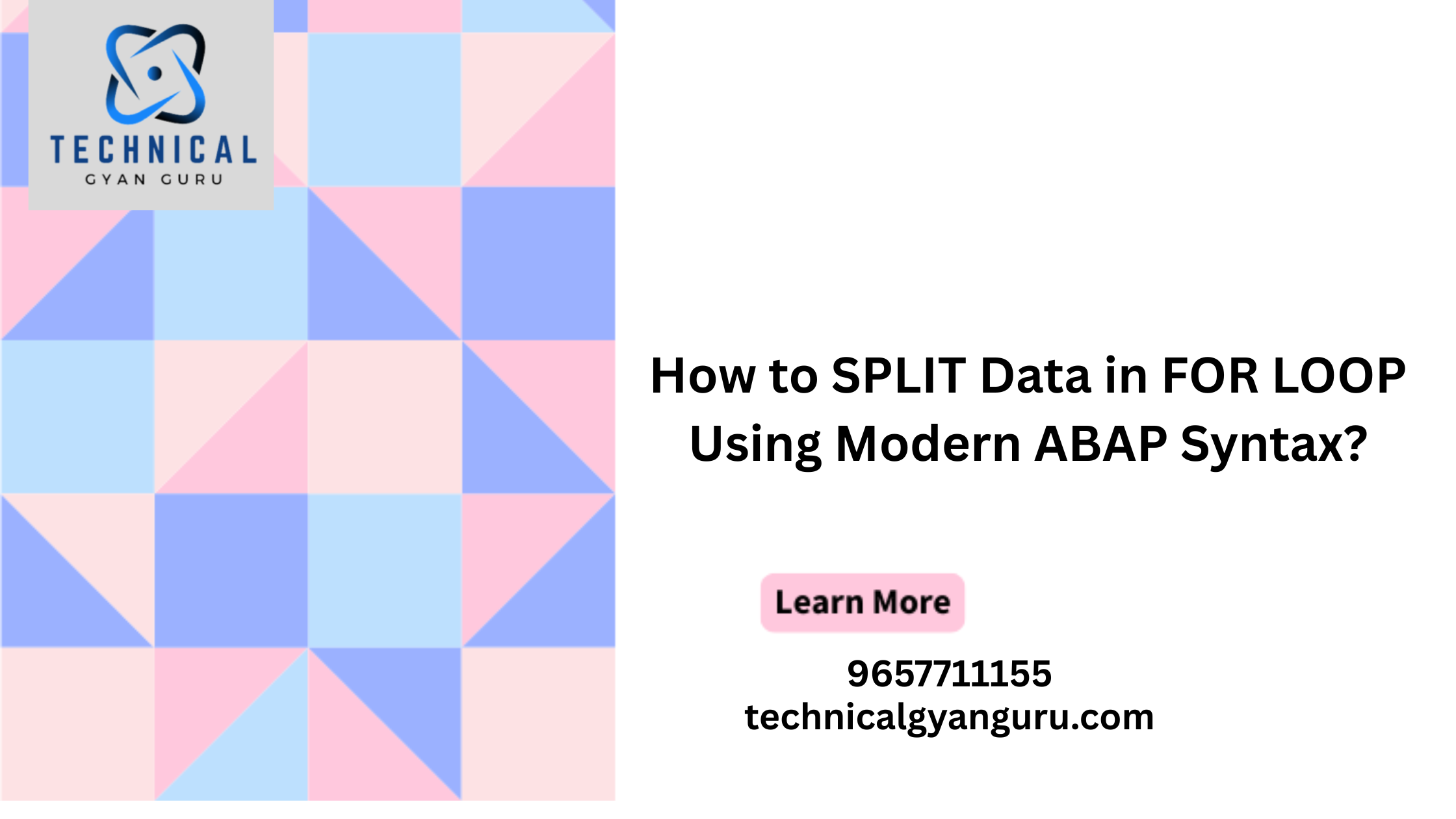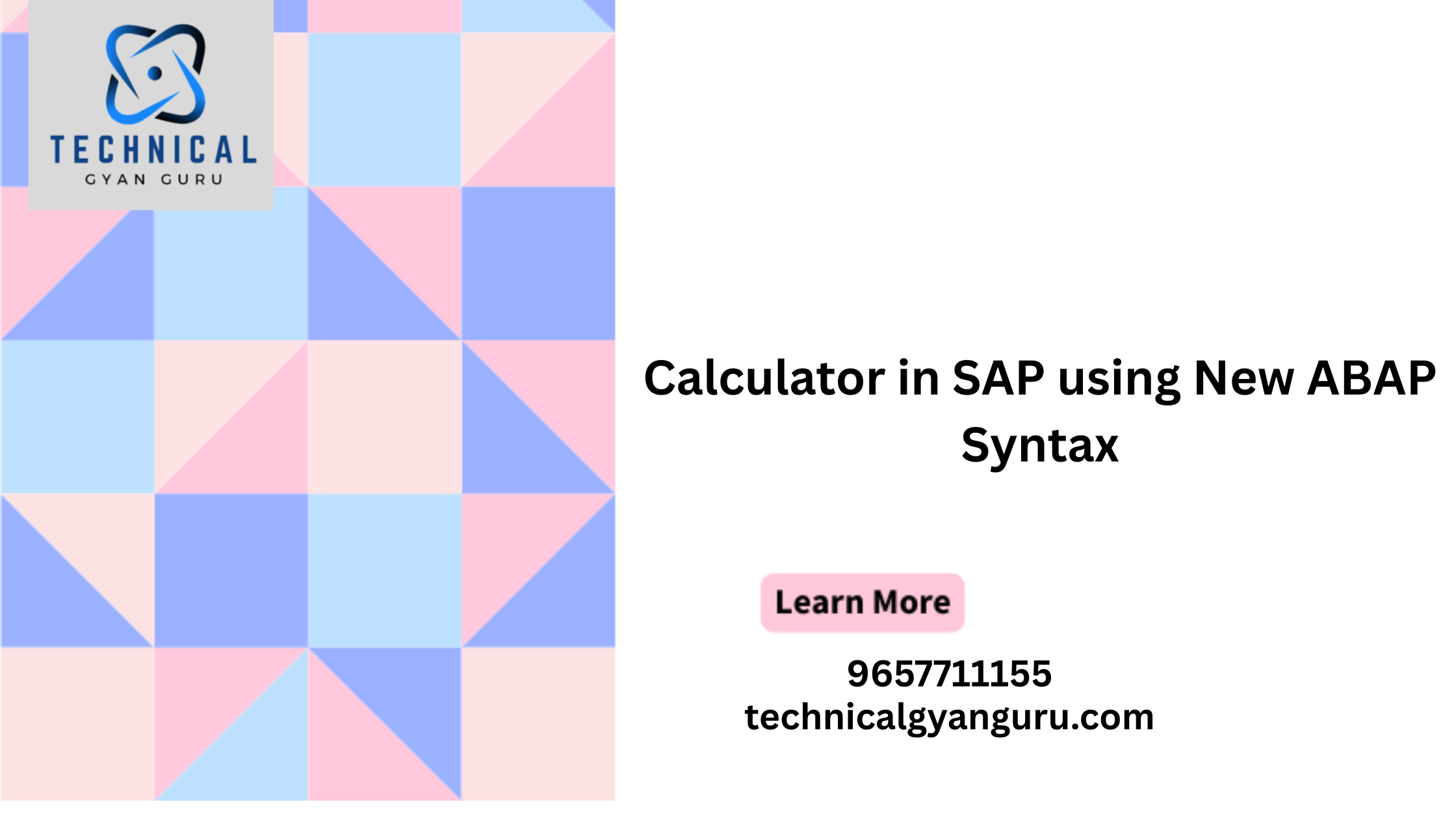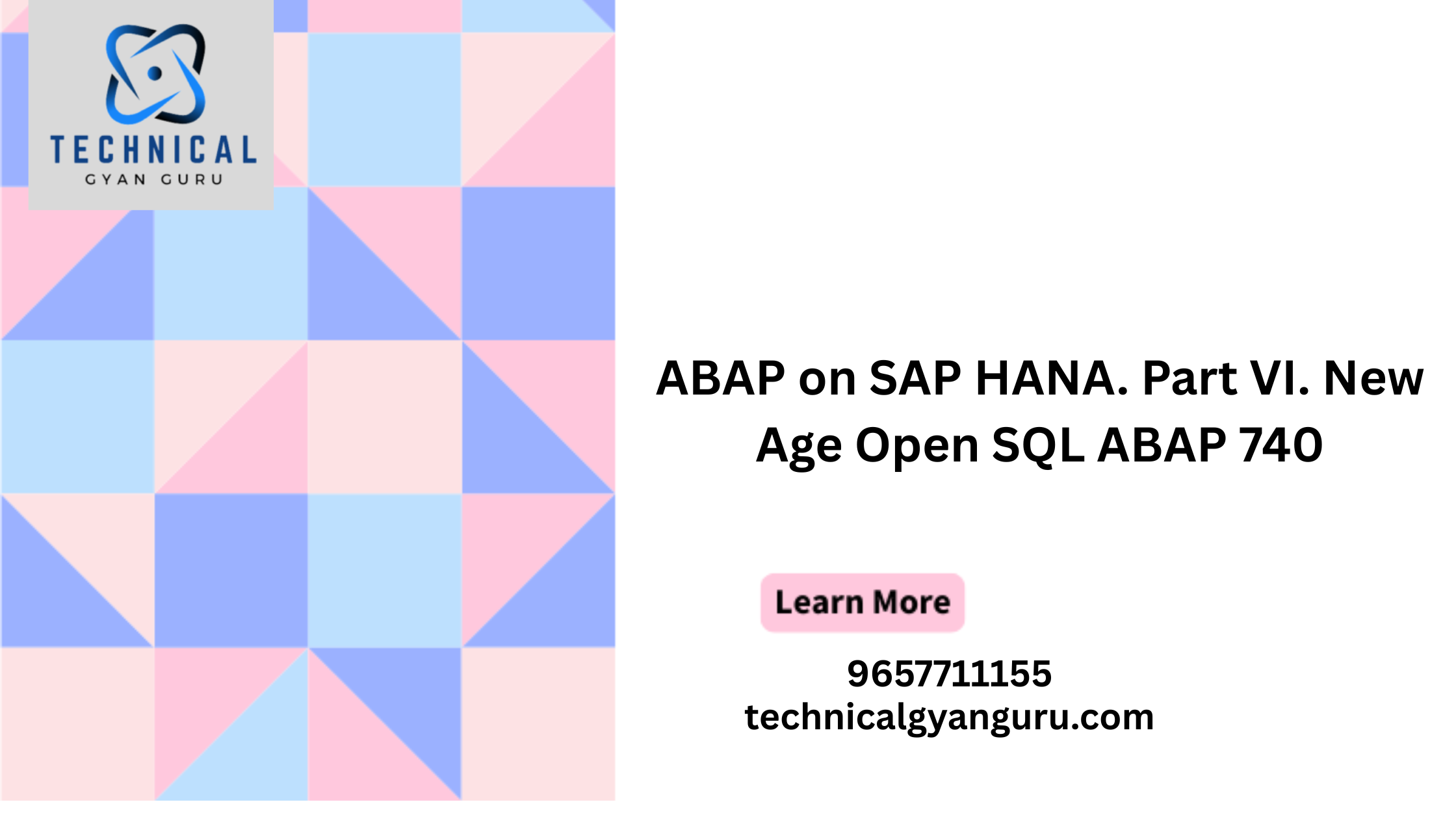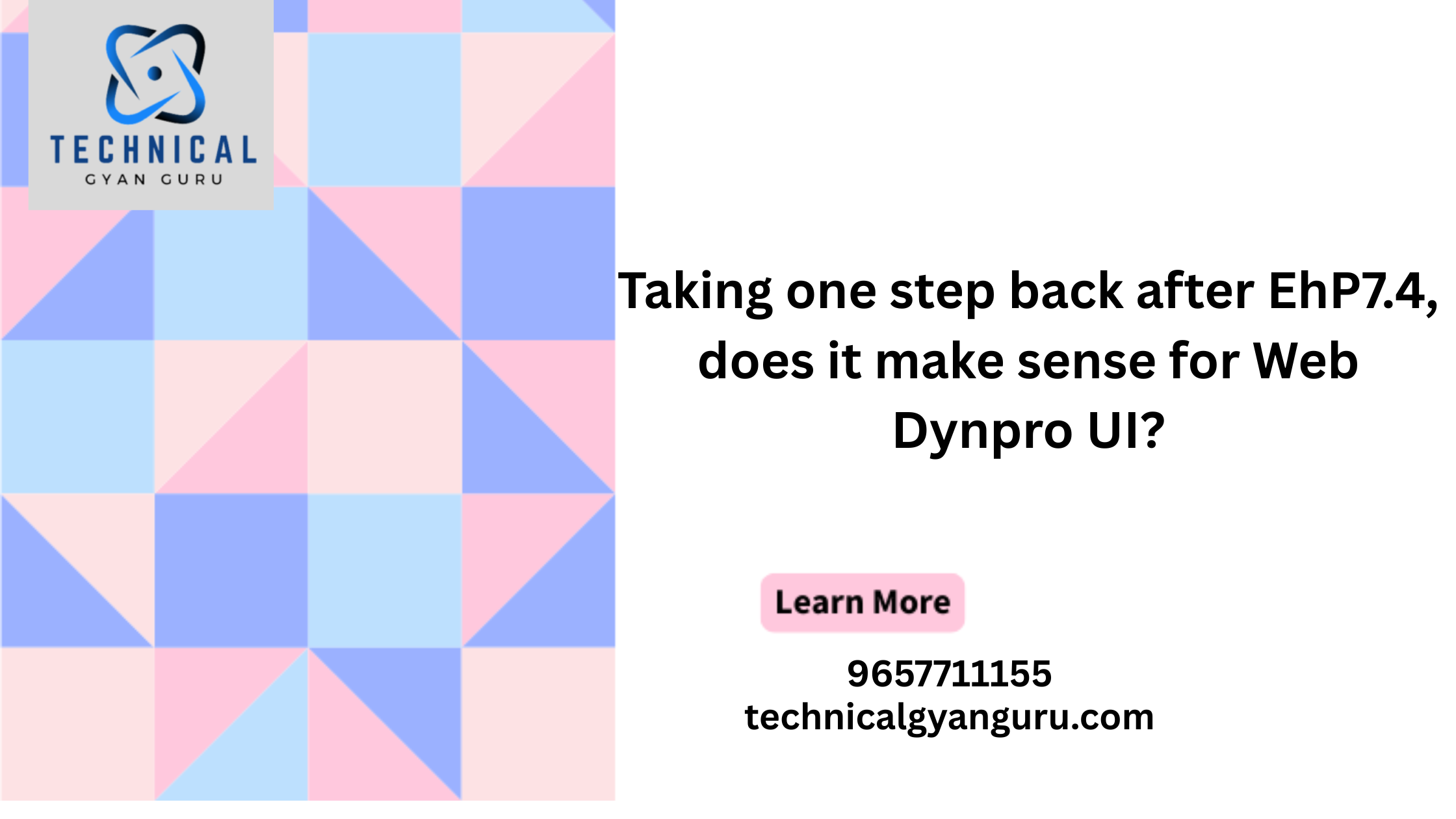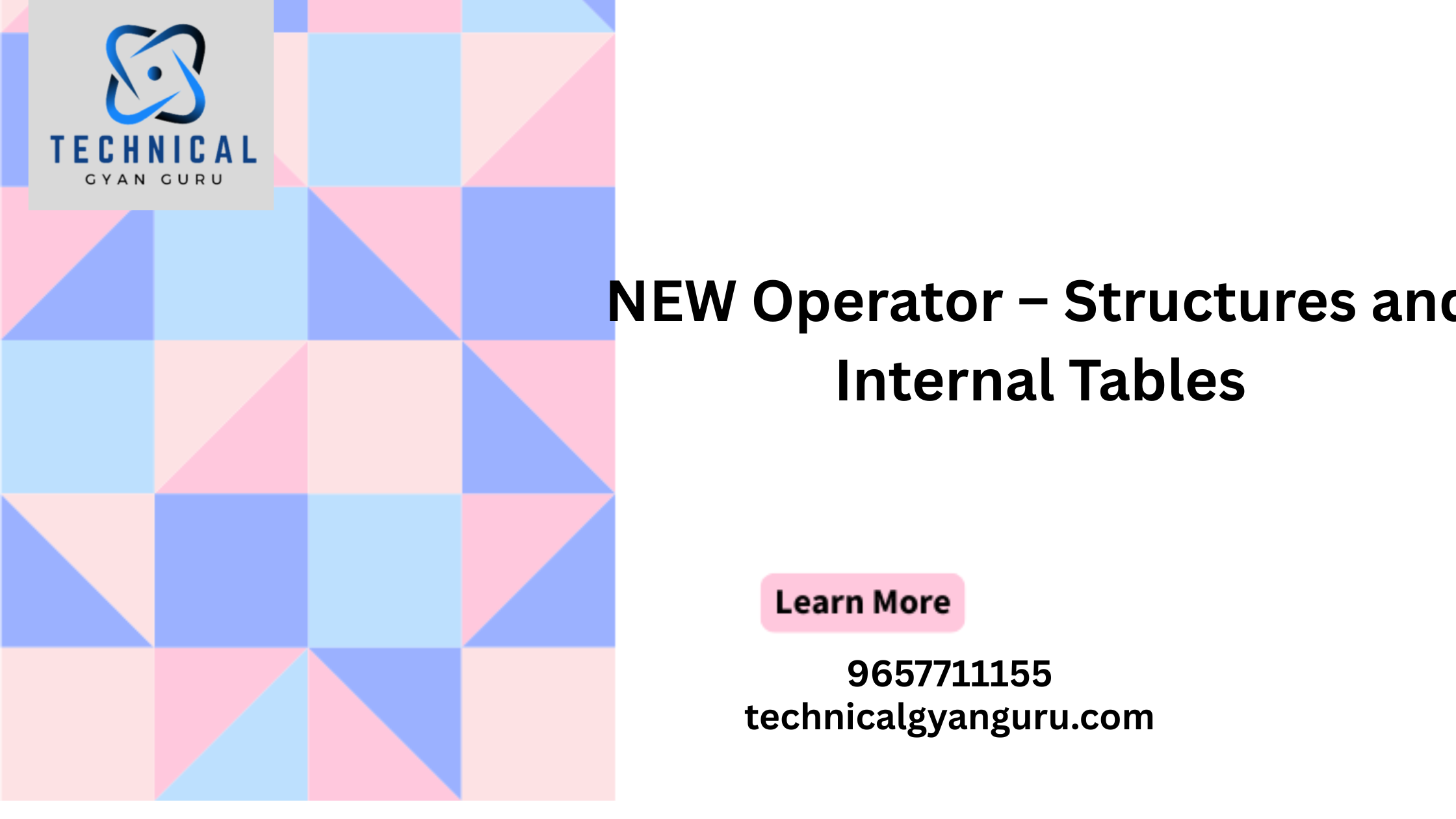
In the digital age, mobility is paramount. Mobile applications have revolutionized the way we interact with technology, making data access and exchange a fundamental aspect of our daily lives. Enter the collaboration between OData and mobile applications—a powerful partnership that enhances data integration, real-time updates, and user experiences. This blog delves into the dynamic synergy between OData and mobile apps, showcasing how their alliance transforms the way we engage with data on the go.
Understanding OData and Mobile Applications
OData, or Open Data Protocol, provides a standardized framework for creating and consuming RESTful APIs, enabling the seamless exchange of data across diverse platforms, languages, and devices. It ensures consistent communication by establishing a common language for data exchange.
Mobile applications, on the other hand, have become integral to modern life. They offer users the convenience of accessing information and services on smartphones and tablets, regardless of their location.
The Power of Collaboration
- Data Integration: OData bridges the gap between mobile apps and diverse data sources, allowing real-time access to data from various systems, databases, and cloud services.
- Real-time Updates: OData’s capabilities combined with mobile apps enable real-time data updates and synchronization, ensuring that users always have the latest information at their fingertips.
- Offline Accessibility: OData empowers mobile apps with offline capabilities by providing mechanisms to store and retrieve data locally, even when an internet connection is unavailable.
- Cross-Platform Compatibility: OData’s standardized protocol ensures that mobile apps developed for different platforms—iOS, Android, and more—can seamlessly access data using the same API.
- Reduced Development Effort: OData simplifies backend development for mobile apps by offering pre-built CRUD operations, query capabilities, and data modeling.
- Interactive User Experiences: Mobile apps leverage OData to create interactive user experiences through real-time data visualization, dashboards, and reports.
Real-World Applications
- E-Commerce: OData enhances mobile shopping apps by providing real-time product information, inventory updates, and order status.
- Field Service: Mobile apps for field service technicians utilize OData to access real-time customer data, job assignments, and equipment information.
- Healthcare: OData empowers healthcare apps with real-time patient records, medical history, and appointment scheduling.
- Travel and Hospitality: Mobile apps in the travel industry leverage OData to provide real-time flight schedules, hotel availability, and booking status.
Challenges and Considerations
- Security: Implement robust security measures to protect sensitive data exchanged between mobile apps and servers.
- Data Synchronization: Ensure proper data synchronization strategies to avoid conflicts and maintain data consistency between the mobile app and backend.
- User Experience: Design mobile apps with user-friendly interfaces that optimize data presentation and interactions.
Conclusion
The convergence of OData and mobile applications revolutionizes how we access, interact with, and utilize data on the go. By harnessing OData’s standardized protocol and the mobility of apps, we empower users with real-time insights, enhanced user experiences, and uninterrupted access to critical information. As mobile technology continues to evolve, the partnership between OData and mobile apps is set to redefine how we engage with data in a mobile-first world, paving the way for seamless mobility and data-driven experiences.



